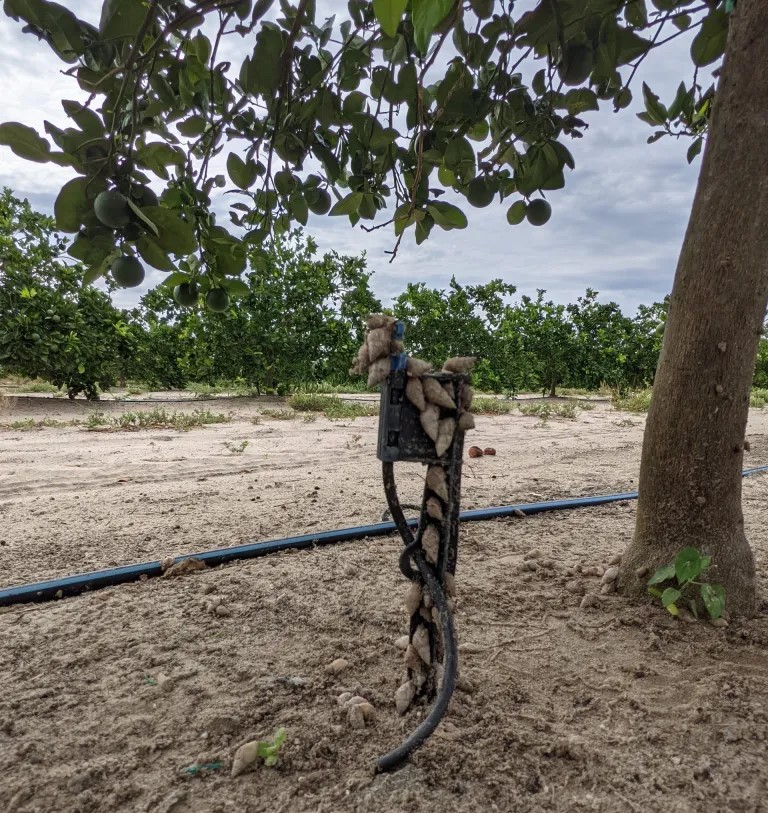
By Maegan Beatty
Bulimulus bonariensis, also called the peanut snail, is a non-native tree snail from the West Indies. As a detritivore, B. bonariensis was not considered an agricultural pest until around 2015 when peanut growers in the Florida Panhandle started seeing the snail in large numbers. The pest does not only affect peanuts; it can harm other southeastern crops like cotton and citrus.
These snails are known to be tree dwellers but can also climb barns, farming equipment and houses. The snails are typically a light brown color and are only about 1-inch long. The pest is often mistaken for the amber snail or the giant African land snail.
Where is it?
B. bonariensis was first found in Duval County, Florida, in 2009. Since then, snails have been found on cargo throughout the Southeast. The snail has currently spread to over 26 Florida counties. Additionally, the pest has been found in Georgia, South Carolina, Alabama, Mississippi and Texas.
Why is it Important?
B. bonariensis feeds on plant material, which can result in lower crop yields. When found in large groups, the snails can impact irrigation systems. The pest has been found to infest crops such as cotton, corn, soybeans, peanuts and citrus. There also is concern that the pest will spread into specialty crops as populations grow and disperse, because it can feed on most any plant material.
According to the Florida Department of Agriculture and Consumer Services (FDACS), “There does not seem to be direct crop damage caused by an infestation consuming plant tissue, but growers have seen lower yields in infested cotton fields due to the sheer number of snails covering the plants. Furthermore, it is difficult for current sorting systems to separate these snails from peanuts, as they can be the same size, color and weight. The potential impact of this species on U.S. agriculture is great.”
What Should You Do?
Since the pest is so recently established, there is a lot of research that needs to be done before official management practices can be developed. For many snails, management can be achieved by using a predator or baits. Researchers are currently searching for a predator. There are only a few chemistries available as baits for snail management in commercial fields. These include metaldehyde, iron phosphate and sodium ferric EDTA.
According to Lauren Diepenbrock, assistant professor at the University of Florida Institute of Food and Agricultural Sciences Citrus Research and Education Center, “Metaldehyde causes snails and slugs to dehydrate by interfering with their ability to produce protective mucus. This is a very effective way to kill an organism that relies on a mucus coating for survival. However, this chemistry is broadly toxic to all animals and is not recommended in areas where wildlife or pets may consume it.”
Chemical control may not be cost effective if the snail infests entire fields of low-input crops. At FDACS, research is being conducted to determine host plant suitability and to develop tools to manage current infestations, such as a trap to reduce snail populations.









